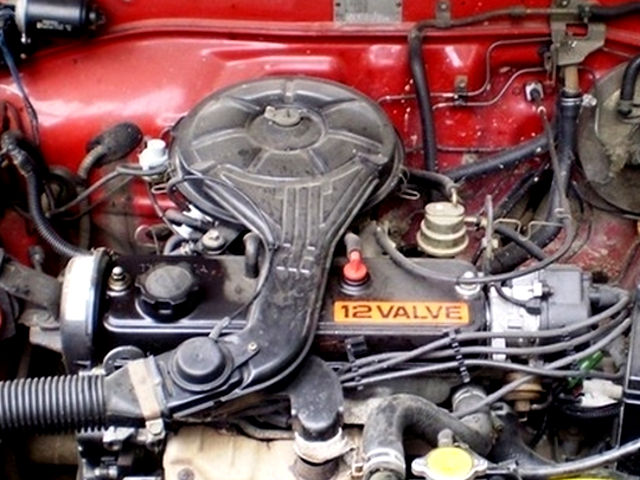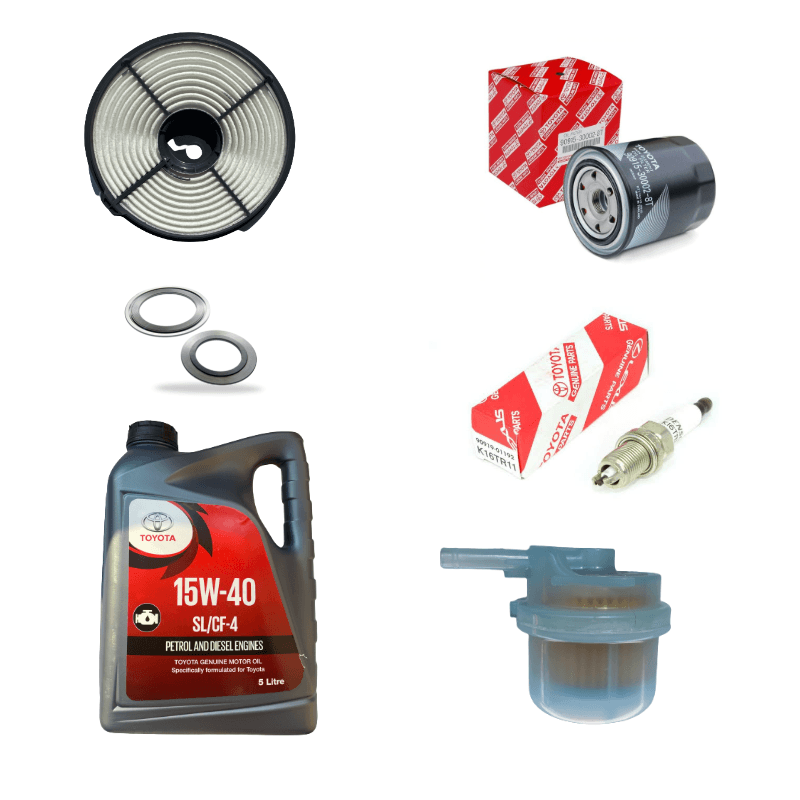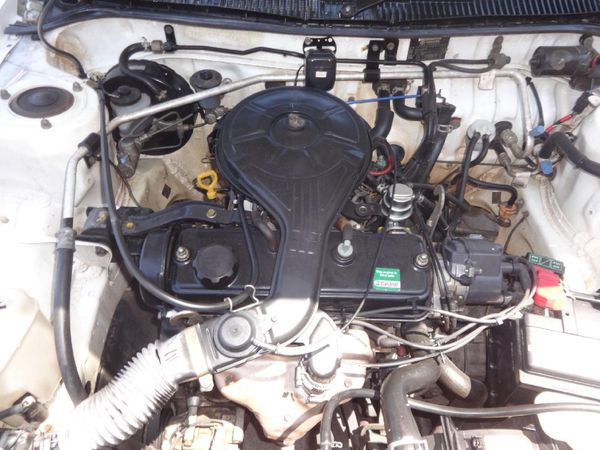Explore the most up to date Fads in Engine Technology Through Tazz
In the quickly progressing landscape of auto technology, Tazz stands at the forefront, highlighting considerable improvements in engine systems that focus on both technology and sustainability. tazz. From crossbreed engines that maximize gas performance to the emergence of hydrogen fuel cells, the trends shaping modern powertrains are not only enhancing performance but also addressing vital environmental difficulties. As the market continues to push boundaries, it is necessary to consider how these developments will affect future transport options and the wider ramifications for worldwide energy consumption. What exists in advance in this essential improvement?
Crossbreed Engine Innovations
Crossbreed engine developments stand for an essential shift in auto innovation, combining the advantages of internal burning engines with electric propulsion systems. This assimilation not only boosts gas efficiency however also minimizes emissions, conference increasingly rigorous environmental laws. By using both power sources, hybrid engines can maximize performance, supplying power when needed while saving gas during much less demanding driving problems.
Recent improvements in crossbreed innovation consist of improvements in battery effectiveness and regenerative stopping systems. These developments permit greater energy recuperation during deceleration, which can be rerouted to aid in acceleration or power auxiliary systems. In addition, producers are concentrating on portable designs and lightweight products to take full advantage of the performance of crossbreed powertrains.
The advancement of plug-in crossbreeds has actually additionally increased the marketplace, enabling chauffeurs to charge their automobiles utilizing typical electric outlets. This feature frequently enables considerable all-electric variety, additional reducing reliance on standard fuels. tazz. As the vehicle market remains to progress, hybrid engine innovations are expected to play a vital duty in linking the space between traditional cars and fully electric versions, giving a transitional remedy that provides to varied consumer needs and choices
Breakthroughs in Electric Powertrains
The auto landscape is swiftly progressing, with electric powertrains becoming a leading force in lasting transport. Advances in electric lorry (EV) innovation are substantially enhancing efficiency, efficiency, and individual experience. Trick advancements include renovations in battery chemistry, which have increased power density, minimized charging times, and expanded general battery life.
Solid-state batteries, for example, guarantee to revolutionize the marketplace by offering better security and performance compared to typical lithium-ion cells. Developments in regenerative stopping systems are enabling cars to recoup energy during slowdown, contributing to general performance.
Along with battery innovation, electrical motor designs are becoming a lot more innovative. Developments such as incorporated electric motors and progressed thermal management systems are assisting to enhance power distribution and reduce weight, eventually improving lorry characteristics.

Collectively, these advances underscore the dedication to change in the direction of cleaner, a lot more effective transportation services, positioning electrical powertrains at the center of vehicle advancement.
The Increase of Hydrogen Fuel Cells
Increasingly, hydrogen gas cells are obtaining grip as a practical alternative to traditional inner burning engines and battery electric vehicles. This modern technology takes advantage of the chemical energy stored Going Here in hydrogen, transforming it right into electrical power through an electrochemical response with oxygen. The main byproduct of this procedure is water, making hydrogen fuel cells an eco-friendly choice with zero exhausts at the tailpipe.

Automakers are increasingly investing in hydrogen fuel cell innovation, recognizing its capacity for long-range applications and rapid refueling abilities that equal standard fuels. In addition, markets such as sturdy transportation and public transportation are particularly well-suited for hydrogen fuel cells, where battery electric services might fail as a result of weight and array constraints.
As study and investment remain to expand, hydrogen fuel cells are positioned to play a significant role in the future landscape of clean transportation and energy solutions.
Enhancements in Internal Combustion Engines
Advancements in internal burning engine (ICE) modern technology are transforming traditional lorries to satisfy contemporary ecological criteria and performance assumptions. Straight fuel shot, for instance, permits for much better atomization of fuel, leading to even more complete burning and improved power output.
In addition, turbocharging has obtained importance, allowing smaller sized engines to deliver greater performance without the weight of i thought about this bigger engines - tazz. This technology not just increases efficiency but additionally adds to decrease fuel usage. Variable shutoff timing systems are likewise being refined, allowing engines to adjust to different driving problems for improved torque and responsiveness
In addition, using light-weight products in engine building is coming to be conventional, more enhancing gas performance by decreasing total vehicle weight. Engine control systems (ECUs) are significantly advanced, allowing real-time changes that optimize efficiency and exhausts.
These enhancements collectively symbolize a pivotal shift in ICE innovation, straightening with global sustainability goals while still supplying the efficiency drivers expect from their automobiles. As the sector evolves, these improvements remain to form the future of typical automotive engineering.
Future Patterns in Engine Effectiveness
Substantial innovations in engine efficiency are expected as producers concentrate on incorporating sophisticated modern technologies to meet stringent environmental policies and consumer demands. The shift towards electrification, hybrid systems, and alternate fuels is reshaping the automobile landscape, driving developments that improve fuel economy and reduce emissions.
One of the key fads is the execution of innovative products and making strategies. High-strength alloys and lightweight composites add to minimized lorry weight, thus improving general efficiency. Additionally, the fostering of turbocharging and variable shutoff timing innovations permits improved power output from smaller sized engines, additionally enhancing fuel economy.

Verdict
Advancements in crossbreed engine systems, electrical powertrains, and hydrogen gas cells demonstrate a commitment to decreasing exhausts while boosting efficiency. Improvements in internal combustion engines and a focus on lightweight materials contribute to general engine performance.
From crossbreed engines that maximize gas performance to the emergence of hydrogen fuel cells, the trends shaping modern powertrains are not only enhancing performance but also dealing with vital ecological difficulties.Hybrid engine advancements represent an essential shift in automobile innovation, integrating the benefits of internal burning engines with electrical propulsion systems.In addition, turbocharging has actually gotten importance, enabling smaller sized engines to deliver higher performance without the weight of larger engines. In addition, the fostering of turbocharging and variable valve timing innovations allows for boosted power result from smaller sized engines, even more enhancing gas economic situation.
Enhancements in interior combustion engines and an emphasis on lightweight materials add to general engine efficiency.